How to give a Montessori Lesson

Teaching a child how to use a new material or do a new activity is a sacred event. We treat it like a tea ceremony that includes precise steps to follow at the beginning, in the middle, and in the end.
While each activity has it's own precise presentation, the general way we introduce and complete lessons is fairly consistent for everything we do in early childhood. Here's an overview of how that looks.
Beginning the lesson
- Invite the child to work with you. Say something like, “I would love to give you a lesson. Are you free?”
- Go together to the work. Touch the work and name it.
- If this is a new type of material, say, “This is how we carry it.” Model how you lift and carry it and return it to the shelf. Then, let the child carry it.
- Say, “You may take this to any table you like.” (If a rug is needed, say, “We’ll need a rug for this work. Let's get the rug first.”)
- Follow the child to the work area and sit on their dominant side.
- Say, “I’ll have a turn and then you can have a turn.”
- Present the mode of activity.
- Give the child a turn.
Completing the lesson
- Fade and observe. Allow them to figure it out and offer to take a turn to re-present something only if it is clear that the child missed something key in the presentation (like if they are using all of their fingers instead of two to trace the sandpaper letters).
- Encourage repetition.
- When they are finished, go back to the shelf together to return the materials.
- Free them to repeat. Say, “You can work on this [name the activity] anytime it is available.”
So why do we do it this way? When you think about it, half the time, we forget to name the material or go with the child to the shelf to get it. I mean, we teachers already know the material intimately! We took so much time finding the right containers and getting all the pieces needed and then practicing it. So, our brain's have already rehearsed the whole thing, right? But the child hasn't. This is probably the biggest challenge for us, to have a sense of beginner's mind with every activity and presentation we offer. Do you see what I mean?
If you're already following a similar technique, let us know if you have recommendations on how to refine it or how it has played out in your learning environment. If this is new to you, give it a try and see what happens. Remember to follow the scientific method. Introduce your approach, study the results, and then refine if needed. The Montessori method isn't a guru model, it is just the scientific method applied to human development. So, be a scientist in all that you do!
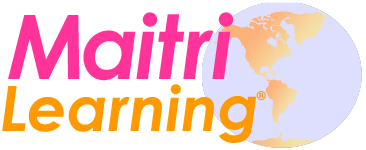
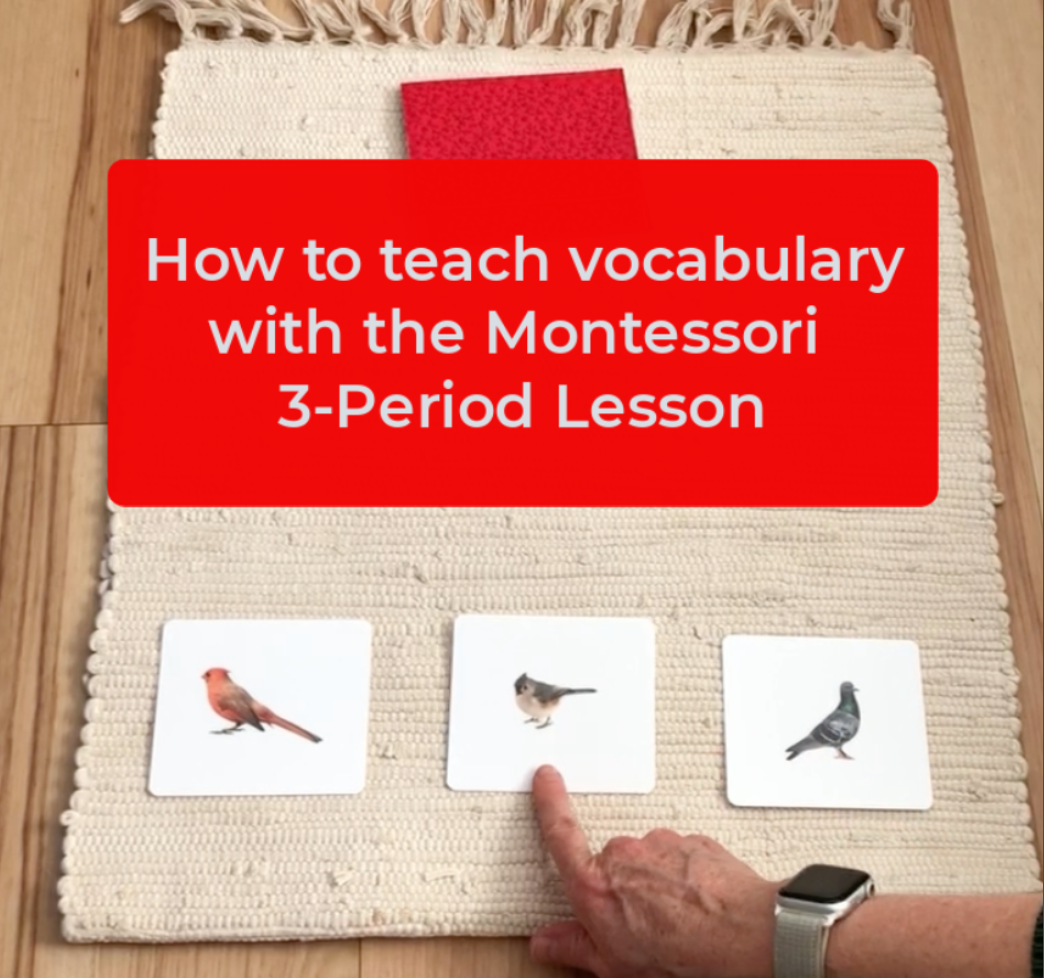
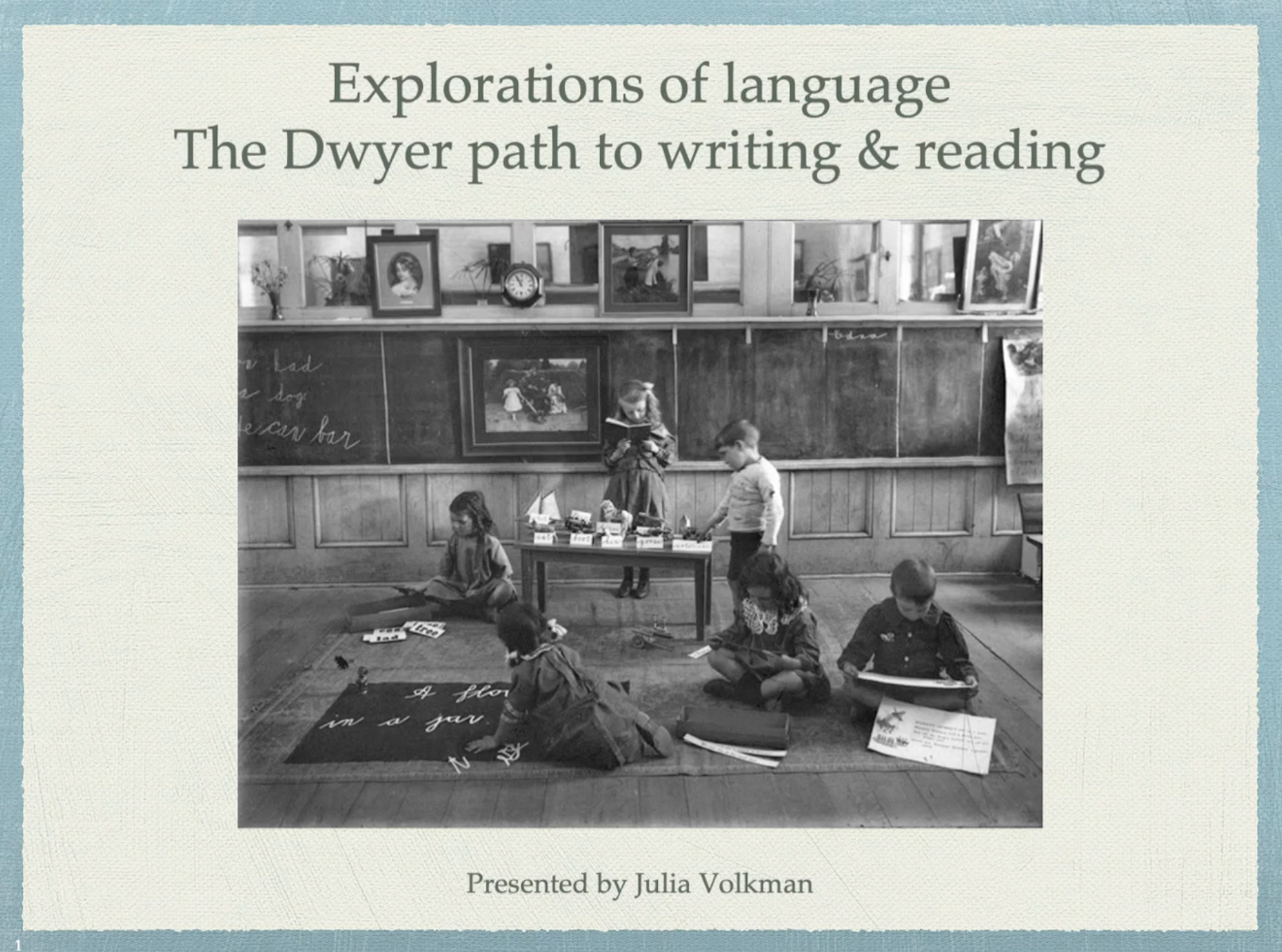

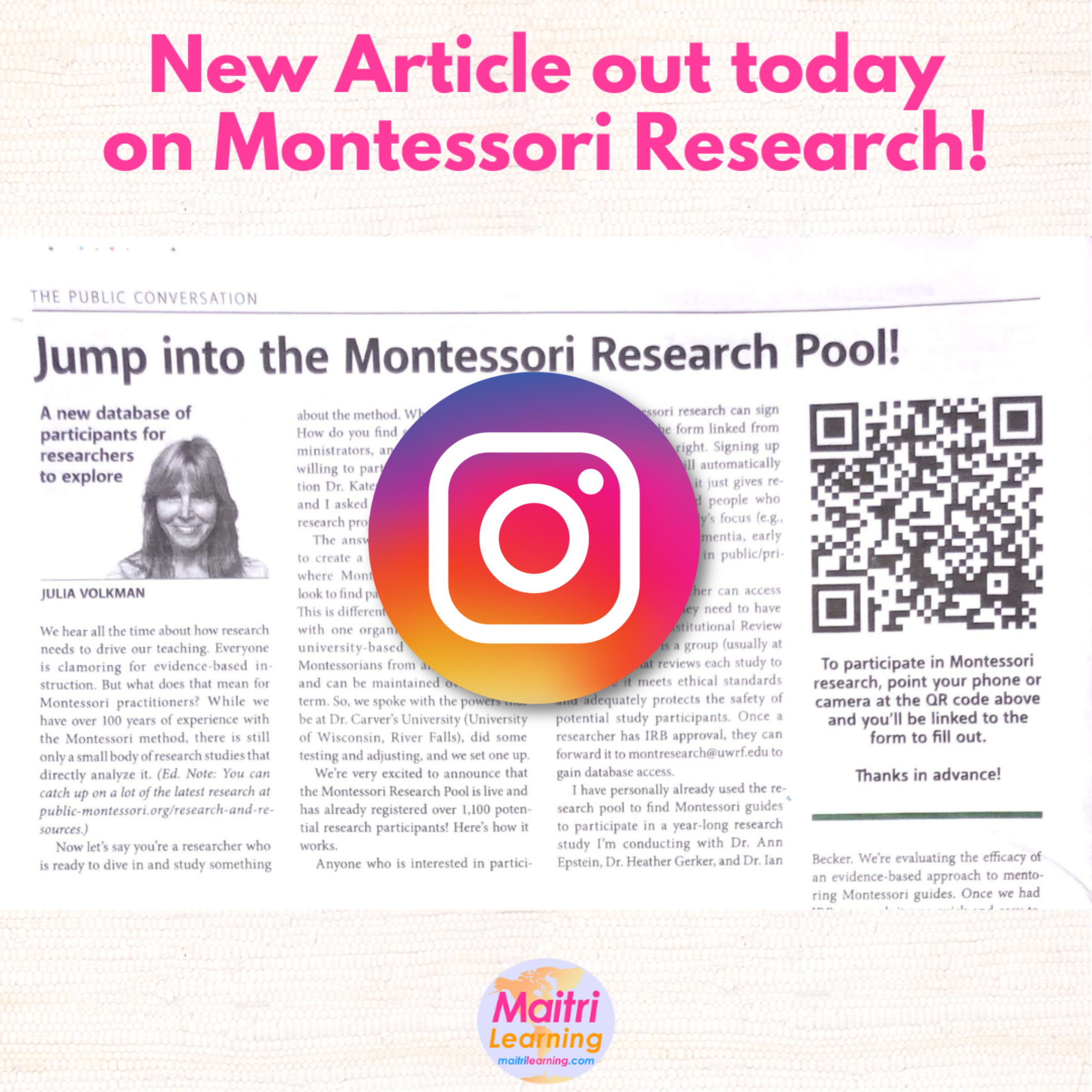

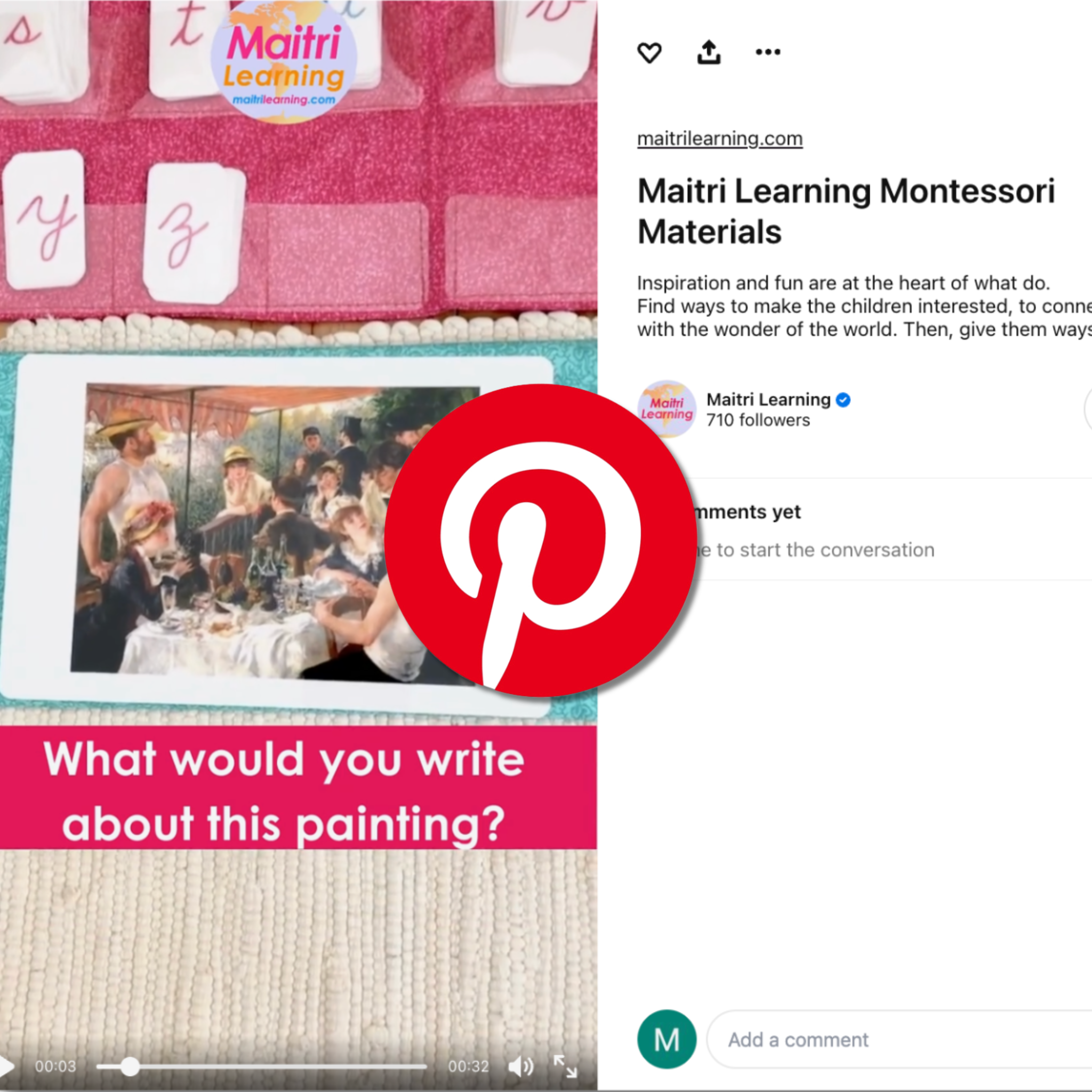
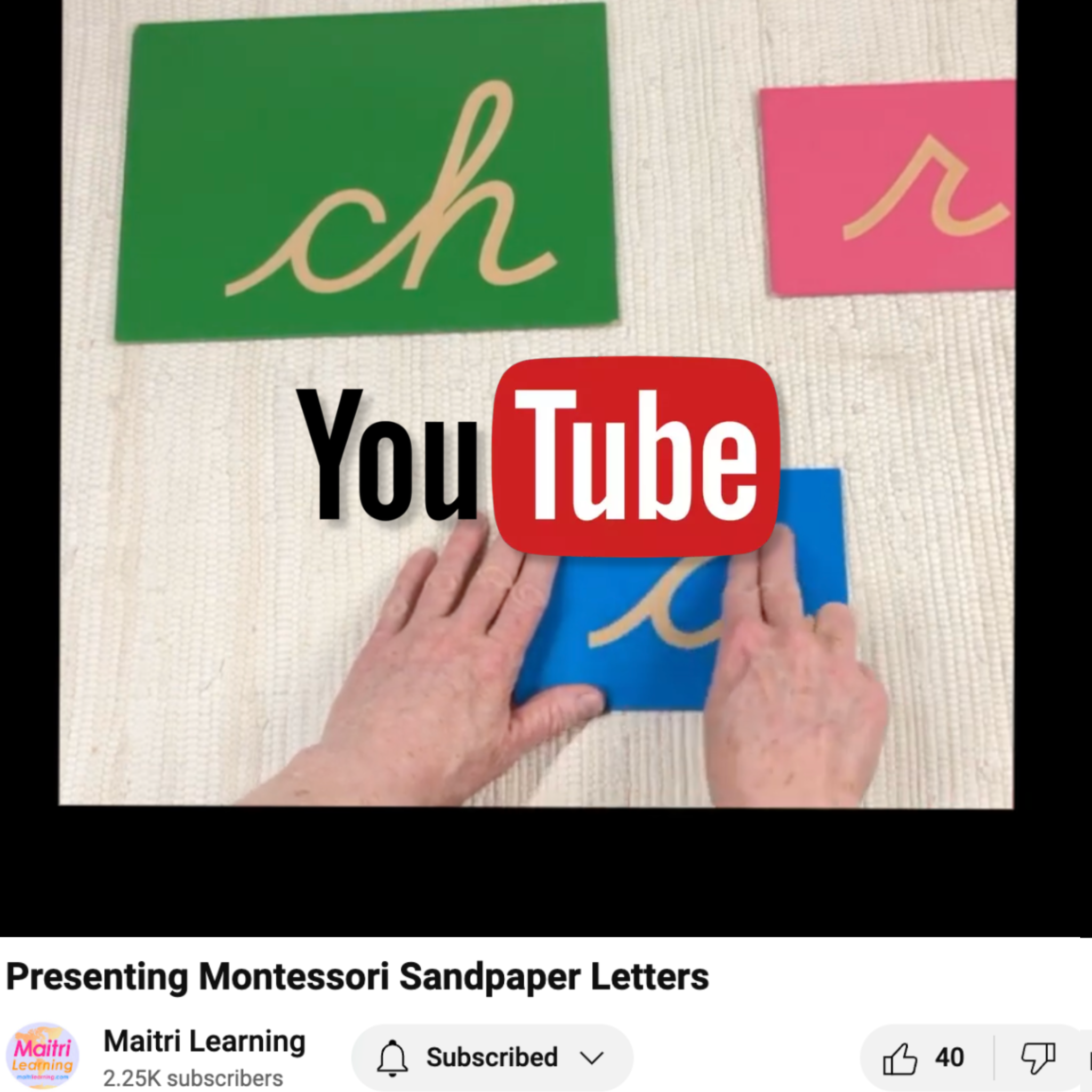
1 comment
Excellent. The points I love … Are you free.
Sit on the child’s dominant side.
You can go to it anytime it is available.
Fade and observe.
anjana Choudhuri
Leave a comment
This site is protected by hCaptcha and the hCaptcha Privacy Policy and Terms of Service apply.